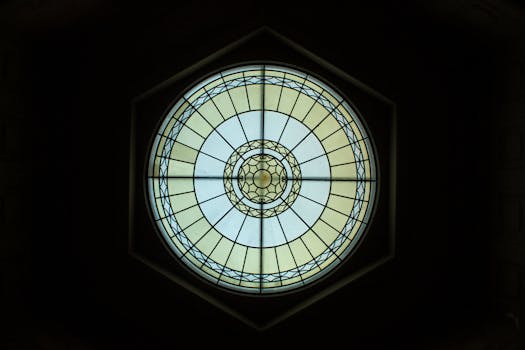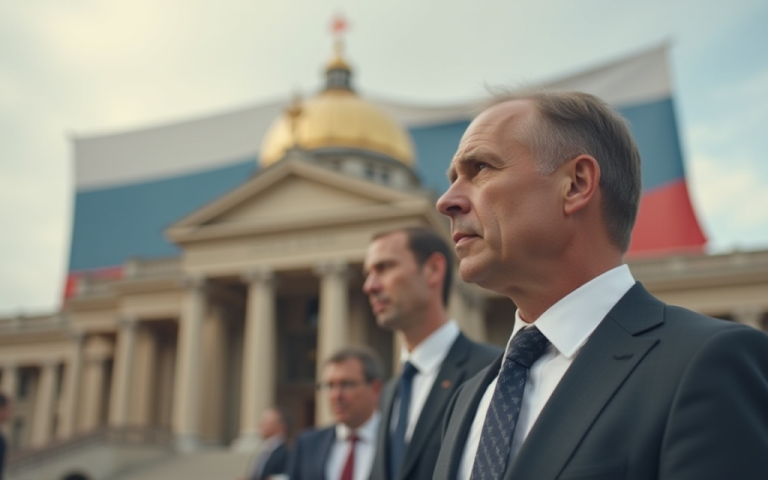
Traveling Through Time: How Europe’s Historical Heritage Shapes Modern Lifestyles in 2025
Focus Keyword: Traveling Through Time, Europe’s historical heritage has been a cornerstone of modern lifestyles, influencing everything from architecture to art, cuisine, and even values. As we journey through the continent, we find ourselves immersed in a world where the past and present blend seamlessly.
Introduction to Europe’s Historical Heritage
Europe’s historical heritage is a treasure trove of cultures, empires, and civilizations that have left an indelible mark on the continent. From the ancient Greeks and Romans to the Renaissance and beyond, each era has contributed to the rich tapestry that is European history. Today, this heritage continues to shape modern lifestyles, with many Europeans drawing inspiration from their past to inform their present.
Architecture and Urban Planning
One of the most visible ways in which Europe’s historical heritage shapes modern lifestyles is through architecture and urban planning. Many European cities boast stunning examples of ancient, medieval, and Renaissance architecture, from Rome’s Colosseum to Barcelona’s Sagrada Familia. These iconic buildings not only attract tourists but also influence the design of modern structures, with architects often incorporating traditional elements into their designs.
For instance, the historic city centers of Italy, such as Florence and Venice, have been meticulously preserved to maintain their original charm. Narrow cobblestone streets, ornate bridges, and grand piazzas all contribute to the unique character of these cities, making them popular destinations for travelers and locals alike.
Art and Culture
Europe’s historical heritage has also had a profound impact on the continent’s art and culture. From the works of Shakespeare to the masterpieces of Leonardo da Vinci, European art has long been a source of inspiration for artists around the world. Today, this legacy continues to shape modern art, with many contemporary artists drawing on traditional techniques and themes to create innovative and thought-provoking works.
In addition to visual art, Europe’s historical heritage has also influenced the continent’s music, literature, and theater. The works of famous authors like Jane Austen, the Brontë sisters, and Charles Dickens continue to be widely read and adapted, while the music of composers like Mozart, Beethoven, and Bach remains popular to this day.
Cuisine and Hospitality
Europe’s historical heritage has also had a significant impact on the continent’s cuisine and hospitality. From traditional dishes like pasta carbonara and fish and chips to modern fusion cuisine, European food is renowned for its diversity and richness. Many popular dishes have their roots in medieval and Renaissance times, with ingredients and cooking techniques passed down through generations.
For example, the traditional Italian feast, with its emphasis on family, food, and wine, is a direct descendant of ancient Roman banquet culture. Similarly, the modern British pub, with its cozy atmosphere and hearty fare, has its roots in medieval taverns and inns.
Values and Traditions
Finally, Europe’s historical heritage has shaped the continent’s values and traditions, from the emphasis on community and family to the celebration of festivals and holidays. Many Europeans place a strong emphasis on preserving their cultural heritage, with traditions like folk music, dance, and handicrafts continuing to thrive.
For instance, the German festival of Oktoberfest, with its roots in medieval Bavaria, is now celebrated around the world, while the Italian festival of Carnevale, with its origins in ancient Roman and medieval traditions, remains a popular event in many European cities.
Conclusion
In conclusion, Europe’s historical heritage continues to shape modern lifestyles in 2025, from architecture and art to cuisine and values. As we travel through the continent, we find ourselves immersed in a world where the past and present blend seamlessly, where traditional techniques and themes inform modern innovations, and where cultural heritage is cherished and preserved.





